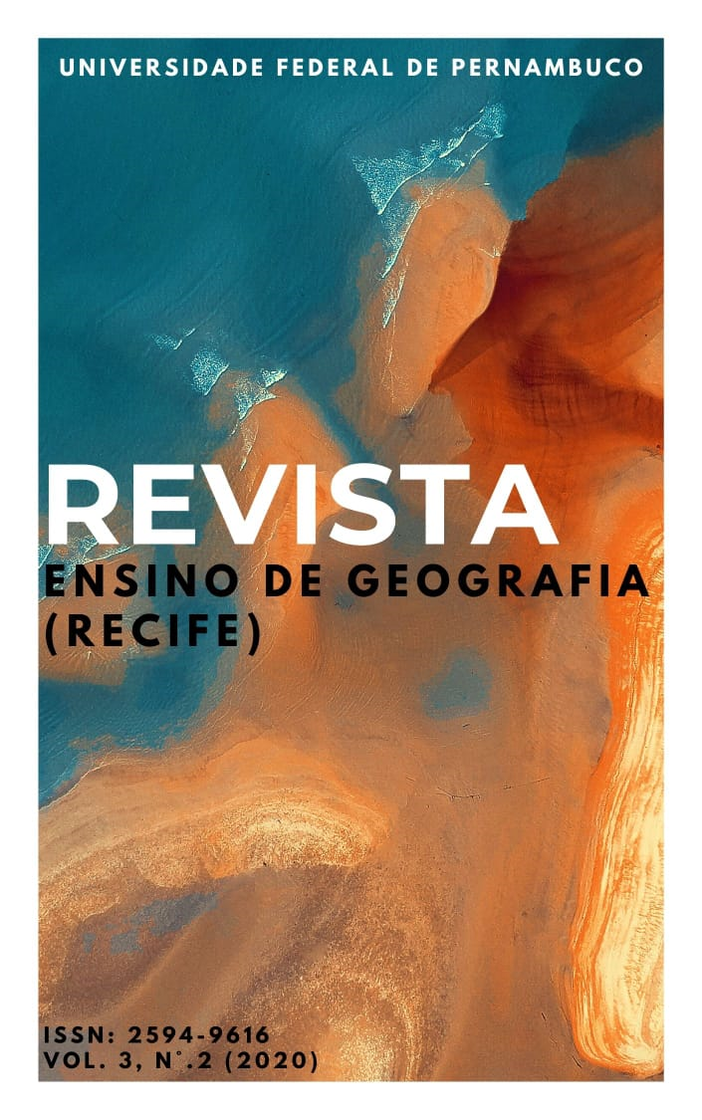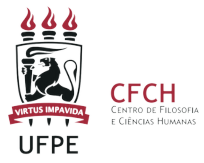The brazilian law 13.415 / 2017 and the place of high school geography in the curriculum structure
DOI:
https://doi.org/10.51359/2594-9616.2020.245116Keywords:
Law 13,415, Curriculum, High school, School GeographyAbstract
This study aims to analyze the impacts of the the Law 13. 415/2017, which reformulated the Law 9. 394/1996 and introduced the so-called Novo Ensino Médio -“New High School”. Looking at the issue of the curricular structure proposed by the Law for this stage of teaching and with this structure, Geography appears contemplated. This analysis takes the law itself as an instrument of empirical investigation, constituting in a qualitative and documental approach. In the world of ideas, it is based on the criticaltheories of education and geography. We concluded that the curricular reform established by the Law 13. 415/2017 making the School Geography an optional subject in the High School curriculum could impoverish the young Brazilians formation, from the popular classes, interdicting their possibilities of critical reading of the world through landscape which, will limit the political actions in their territorial contexts. In general, thecurricular dispensation of Geography it is part of the “minimalist, dual and unequal” character which that characterizes this educational reform. On the other hand, it shows the pragmatic pedagogical tendencies that coincide with the current neoliberal postulates in national education.References
AZEVEDO, J. M. L. A educação como política pública. Campinas-SP: Autores Associados, 1997.
BIANCHETTI, R. G. Modelo neoliberal e políticas educacionais. 2. ed. São Paulo: Cortez, 1996.
BRASIL. Lei n. 13.415, de fevereiro de 2017. Presidência da República. Casa Civil. Subchefia para Assuntos Jurídicos. Disponível em http//www.planalto.gov.br. Acesso em01 de junho de 2017.CASTILHO, D. Reforma do Ensino Médio: desmonte na educação e inércia do enfrentamento retórico. In: PragmatismoPolítico. Disponível emhttps://www.pragmatismopolitico.com.br.Acessoem 28 de maio de 2017
CHAUÍ, M. Sociedade brasileira: autoritarismo por todos os lados. Entrevista. In: Revista Cult, ano 19, n. 209, Fevereiro/2016.
FRIGOTTO, Gaudêncio. Entrevista. In: Portal de Periódicos da Fiocruz. 2016a. Disponível em periódicos.fiocruz.br/pt/gov/gaudencio-frigotto. Acesso em 01 de Junho de 2017.
FRIGOTTO, Gaudêncio. Reforma de ensino médio do (des)governo de turno: decreta-se uma escola para os ricos e outra para os pobres. 2016b. Disponível em www.anped.org.br. Acesso 01 de junho de 2017.
FRIGOTTO, G & CIAVATTA, M. Educar o trabalhador produtivo ou o ser humano emancipado? In: Trabalho, Educação e Saúde, 1(1); 45-60 p, 2003.
GRAMSCI, A. Cadernos do Cárcere. Volume 2. Tradução de Carlos Nelson Continho. 4. ed. Rio de Janeiro: Civilização Brasileira, 2006
LACOSTE, Y.A geografia isso serve, em primeiro lugar, para fazer a guerra.Tradução de Maria Cecília França. 4. ed. Campinas: Papirus, 1997.
MÉSZÁROS,I. Educação para além do capital. 2. ed.São Paulo: Boitempo, 2008.(Mundo do trabalho).
PAINS, C; ALVIM, M. & MARIZ, R. Ausência de História e Geografia no novo ensino médio gera apreensão.In:O globo. Disponível em https://oglobo.globo.com. Acessoem01 de maio de 2017.
PEREZ, C. L. V. Leituras de mundo/leituras de espaço: um diálogo entre Paulo Freire e Milton Santos. In: GARCIA, R. L (org.). Novos olhares sobre a alfabetização. São Paulo: Cortez. 2001.
ROSSI, M. Reforma do Ensino Médio é aprovada no Senado. In: El País Brasil. Disponível em https://brasil.elpais.com. Acessoem 01 de maio de 2017.
SANTOS, M.Metamorfoses do espaço habitado. São Paulo: Hucitec, 1997.
SANTOS, M. A natureza do espaço: técnica e tempo, razão e emoção. São Paulo: Hucitec, 1999.
Downloads
Published
How to Cite
Issue
Section
License
Copyright (c) 2021 Paulo Sérgio Cunha Farias

This work is licensed under a Creative Commons Attribution 4.0 International License.
Authors who publish with this journal agree to the following terms:- Authors retain copyright and grant the REVISTA ENSINO DE GEOGRAFIA (RECIFE) right of first publication with the work simultaneously licensed under a Creative Commons Attribution NonCommercial International 4.0 (CC BY-NC) that allows others to share the work with an acknowledgement of the work's authorship and initial publication in this journal.
- Authors are able to enter into separate, additional contractual arrangements for the non-exclusive distribution of the journal's published version of the work (e.g., post it to an institutional repository or publish it in a book), with an acknowledgement of its initial publication in this journal.
- Authors are permitted and encouraged to post their work online (e.g., in institutional repositories or on their website) prior to and during the submission process, as it can lead to productive exchanges, as well as earlier and greater citation of published work.



